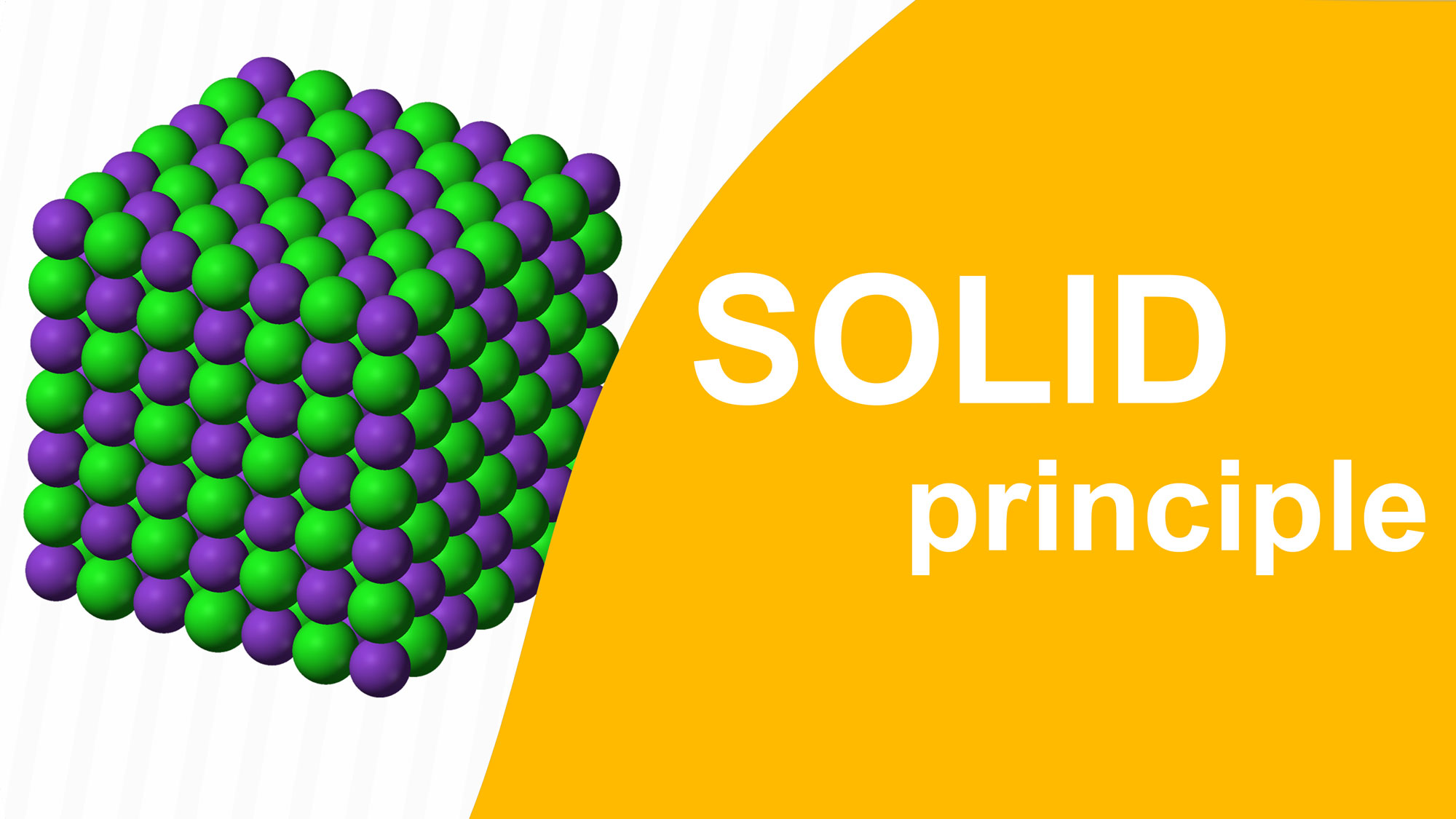
In simple words, LSP is all about well-designed inheritance. So the subclass objects should behave in the same way as the superclass objects. In other words, what we want is to have the objects of our subclasses behaving the same way as the objects of our superclass. By insuring that child classes have the same response types as their parent classes we can follow the Liskov Substitution Principle. The next one on the Interface Segregation Principle is here. According to the Liskov Substitution principle, an object of a parent/base class must be interchangeable with an object of a child/derived class without changing the program. Simply put, the Liskov Substitution Principle (LSP) states that objects of a superclass should be replaceable with objects of its subclasses without breaking the application.

The previous one on the Open/Closed Principle is here. Hence the Liskov Substitution Principle is broken. Methods of a subclass that override methods of a base class must have exactly the same number of arguments. All derivatives must conform to the behavior that clients expect of the base classes that they use.
LISKOV SUBSTITUTION PRINCIPLE SERIES
This is one of a series of articles about the SOLID principles. Derived classes must be substitutable for their base classes.

This article has a nice technique for this you may be able to use. But what exactly is it, is it important to you, and should you even care What does it state. SOLID stands for : Single Responsibility Principle, Open/Closed Principle, Liskov Substitution Principle, Interface Segregation Principle, and Dependency.
LISKOV SUBSTITUTION PRINCIPLE CODE
You can find a good article on implementing this here.Īnother approach to dealing with this issue is to write a set of unit tests which can be applied to any class created in client code to ensure it won’t break the core code into which it’s injected. The Liskov Substitution Principle is a part of SOLID, a mnemonic acronym that bundles a total of 5 design principles. The somewhat complex `Requires` expression is just checking for no duplicate `Id` or `Name` values. It will be easier to understand this by looking at an example. This rule helps us avoid subtle bugs when we are writing code which is abstract. Then φ(y) should also be true for objects y of type S where S is a subtype of T.īarbara Liskov and Jeanette Wing wrote this in a paper in 1994. This principle tends to be the most overlooked and misunderstood of the SOLID principles, and its not immediately clear how it applies to JavaScript. Let φ(x) be a property provable about objects x of type T. The very formal way in which it is expressed doesn’t help: However, it does have some important consequences for designing object-oriented software.

This is probably the most technical of the 5 SOLID principles and the one I would guess fewest people consider much.


 0 kommentar(er)
0 kommentar(er)
